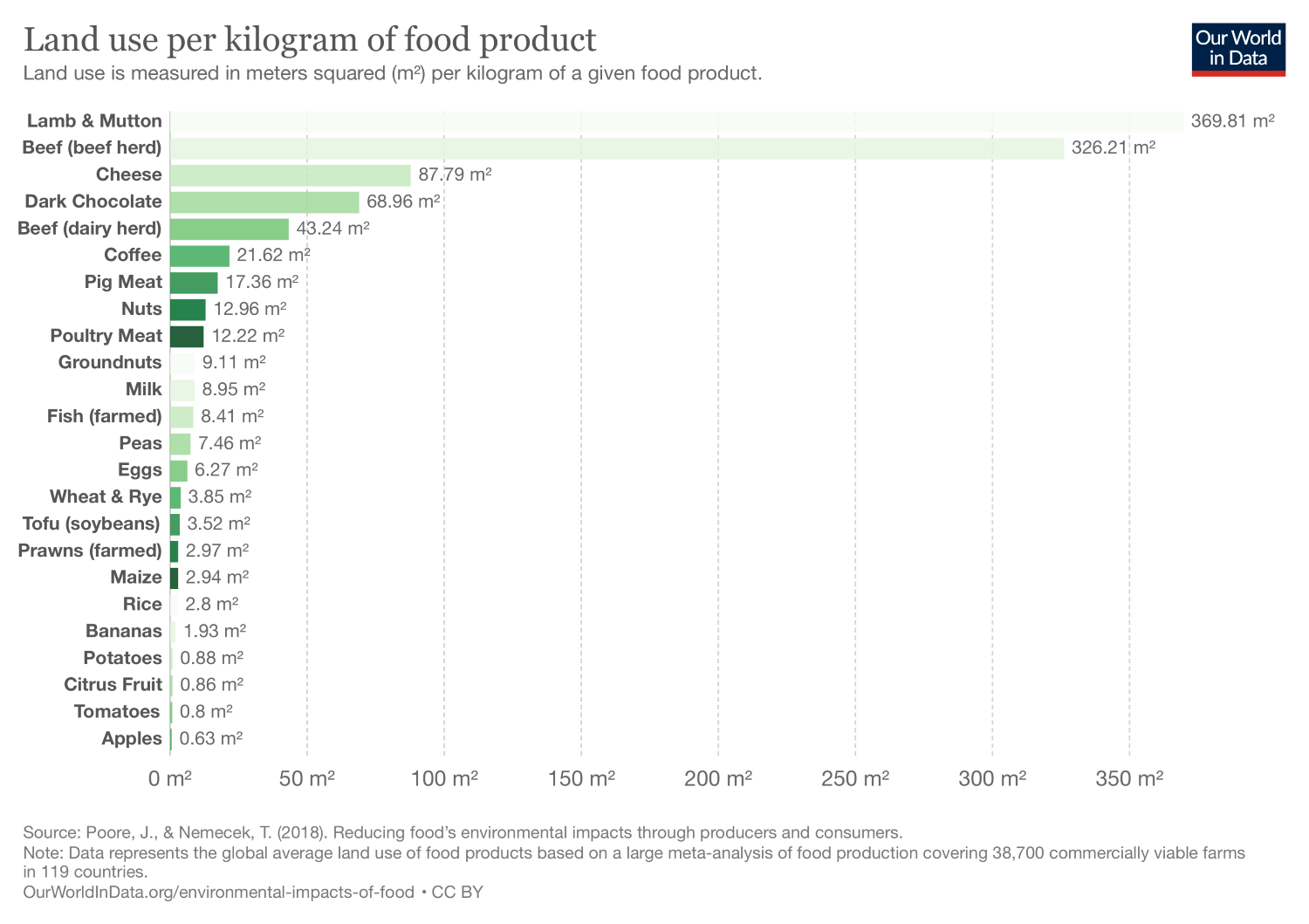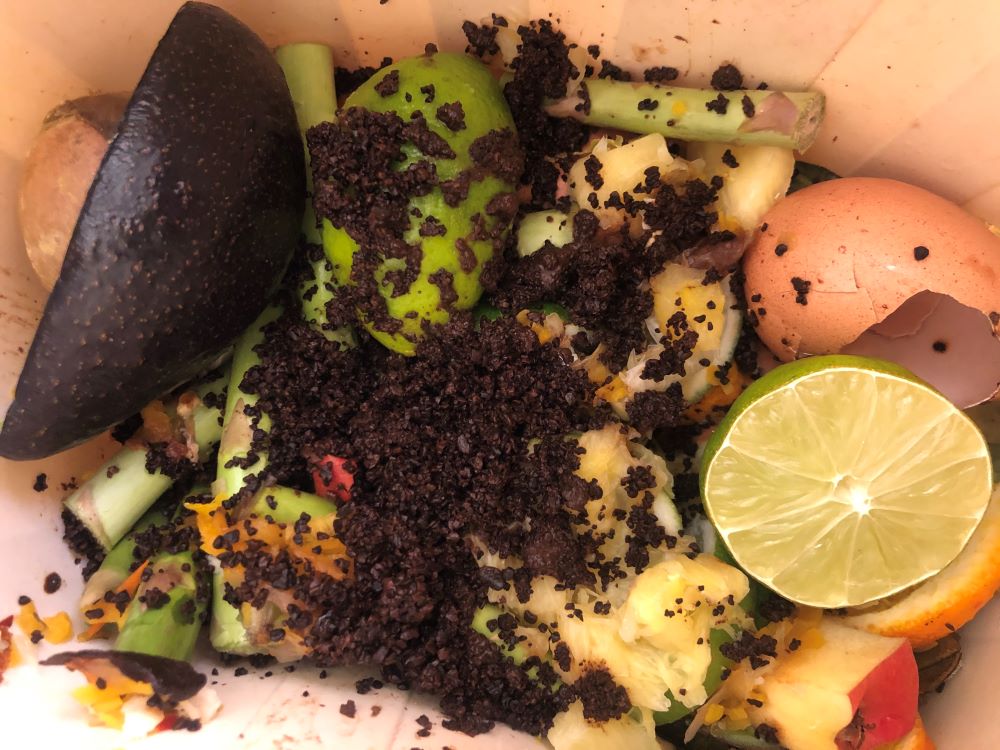Food at the Field Station
Visitors to the field station are introduced to key concepts in sustainability and conservation during their initial orientation. Visitors are encouraged to discard their food scraps (fruits, vegetables, dairy products, grains, bread, unbleached paper napkins, coffee filters, eggshells, meats) in a compost bin located in the kitchen. The bin is then emptied into a larger composting drum outside, where leaves and grass are added to create usable composting soil for garden beds. Additionally, prior to departure, visitors are informed of their total garbage production while visiting the station. This creates further discussion of how our food consumption and packaging impacts the world around us and encourages visitors to be more mindful of their use when they return home.



